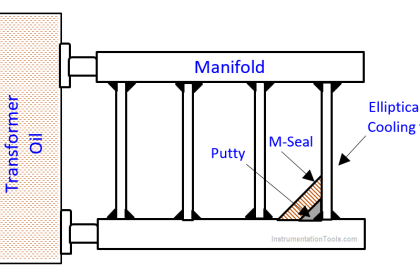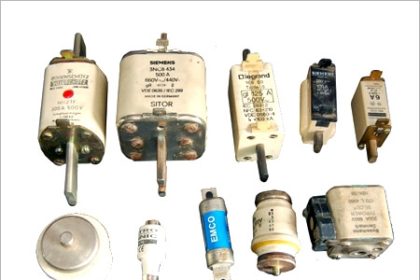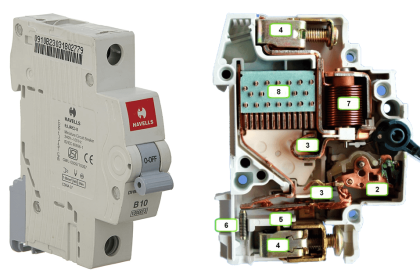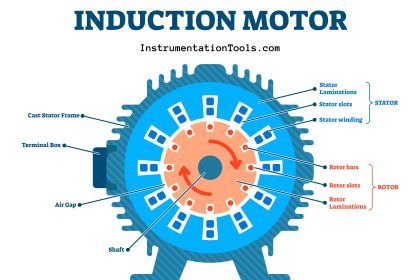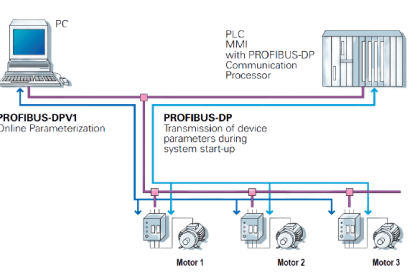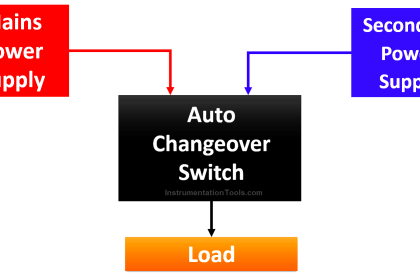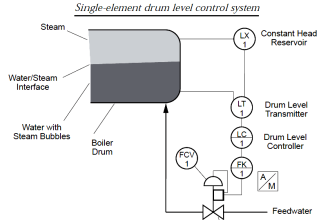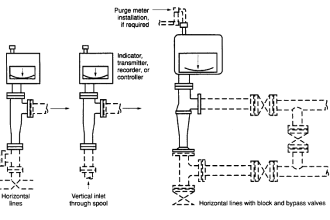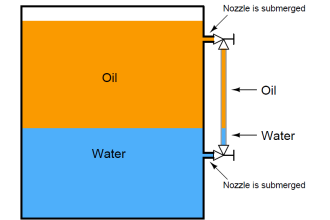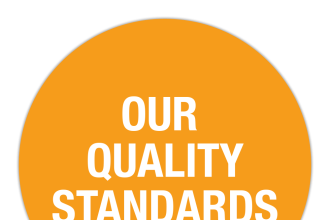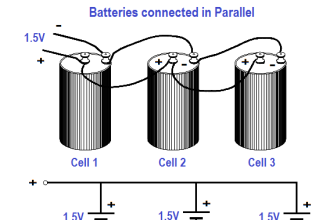There are two general types of electricity transmission lines – overhead and underground. Overhead wires can be seen by us daily in our lives, wherever we travel. Underground cables are laid wherever overhead connection is not possible.
But many of us do not know that there is even a third method for transmission – a gas-insulated transmission line. A gas-insulated line is a very important concept to understand, because it helps in critical areas where both the overhead and underground cabling is not possible. In this post, we will see what a gas-insulated transmission line is.
A Gas-Insulated Transmission Line (GIL) is a power transmission system that uses gas like SF6 for insulation instead of air.
What is a gas insulated line?
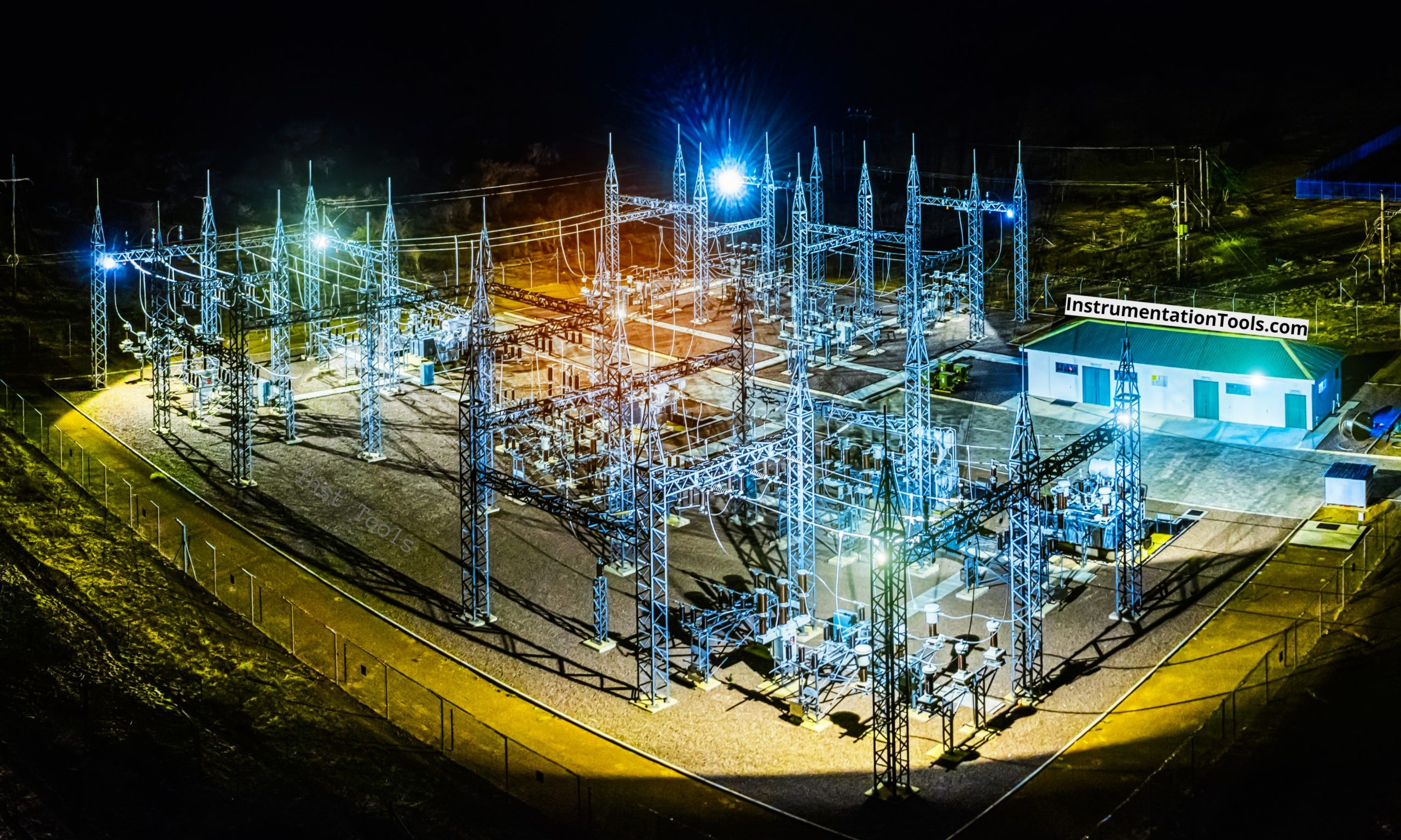
In some big clustered areas like city skyscrapers or critical industrial sites where laying overhead or underground electric transmission cables is not possible, there arises a need to lay some other form of cable for power. This is done with the help of gas-insulated transmission lines. Also known as GIL, it is a conductor cable which is insulated from outside with a gas, mostly fully SF6 or a mixture of SF6 and N2.
The whole setup is then covered with a metal casing and laid as a pipeline. So, as it appears from outside as a pipeline, it is actually an electrical transmission line. The gases are used because they have a very high dielectric strength and thus have excellent insulating properties.
They can transmit current of up to 3000 MVA, thus proving as a very good alternative over traditional transmission lines.
Construction of gas-insulated line
Refer to the below image. A GIC consists of a metal tube enclosure (mostly aluminum), which is the outermost body and which will be exposed to the atmosphere. Inside this enclosure comes the gas which will be filled fully between the conductor (mostly 50 cm. thick and the metal body.
Now, to support the conductor wire, a normal support insulator (disc or support epoxy resin) stand is used to hold them. This structure is also called single encapsulation GIC (which supports only single-phase wire). There is also another structure called a three encapsulation GIC (which supports three phase wires in a single tube).
But, for higher voltages (above 145KV), single encapsulation is more preferred. So, for a three phase wire, you will require three such encapsulations. The gas filled in between can be either only SF6 or a composition of SF6 and N2. In the composition mixture, the proportion of N2 is more and SF6 is less.
As it has very high dielectric properties, it prevents the formation of electric fields and arcs around them and thus, holds the electric current from flowing in the conductor wire only. So, even if you touch these metal bodies from outside, you will not get an electric shock.
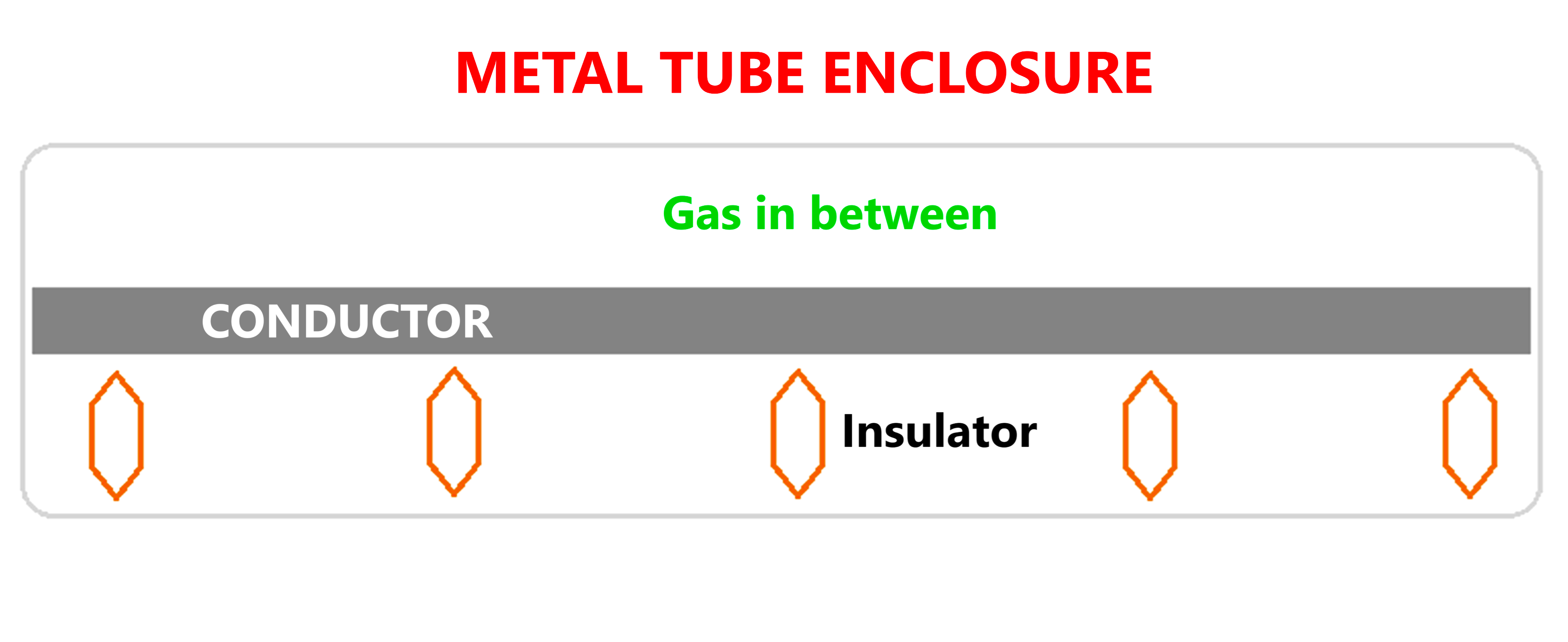
As GIL fully resembles a pipeline architecture, it can be mounted either above the ground level or dug underground. It can also be mounted vertically over a structure. This makes it fully flexible for installation and commissioning. Remember to properly earth the outer metal body for safety purposes.
Advantages of Gas-Insulated Transmission Line
- There is no risk of electric shock or fire as the metal body is highly reliable, and also the gas has very strong insulation properties.
- It is less susceptible to electromagnetic noise, pollution, dirt and transmission losses (usually observed in overhead and underground direct cables).
- Easy for installation and commissioning due to pipeline architecture.
- Less carbon footprint for the environment.
- The lifetime of this cable is more than underground or overhead cables.
- You can use them easily in highly polluted or critical areas, due to the strong resistance it provides to the outer environmental conditions.
Disadvantages of Gas-Insulated Transmission Line
- Due to the use of gas, the investment required in using GIL is very high as compared to normal transmission lines. So, they are not used frequently and used only in some specific or critical areas.
- SF6 gas is itself harmful for the environment, if exposed to the atmosphere at any point by mistake. It is a very dangerous gas for the greenhouse. That is why it is used along with nitrogen gas for a safe mixture and performance.
- Skilled manpower is required for installation and commissioning.
- The pressure at which the gas is filled must be maintained at each and every point; any reduction in pressure will result in failure of insulation.
In this way, we saw what is a gas-insulated transmission line.

